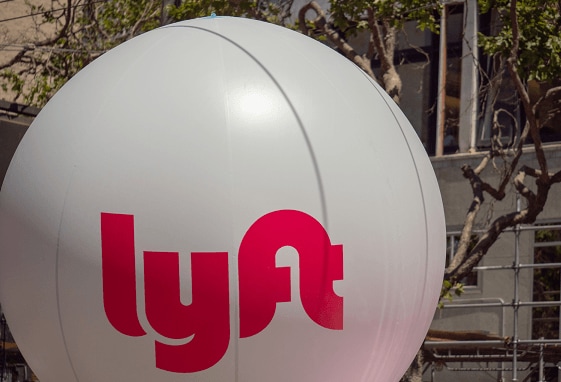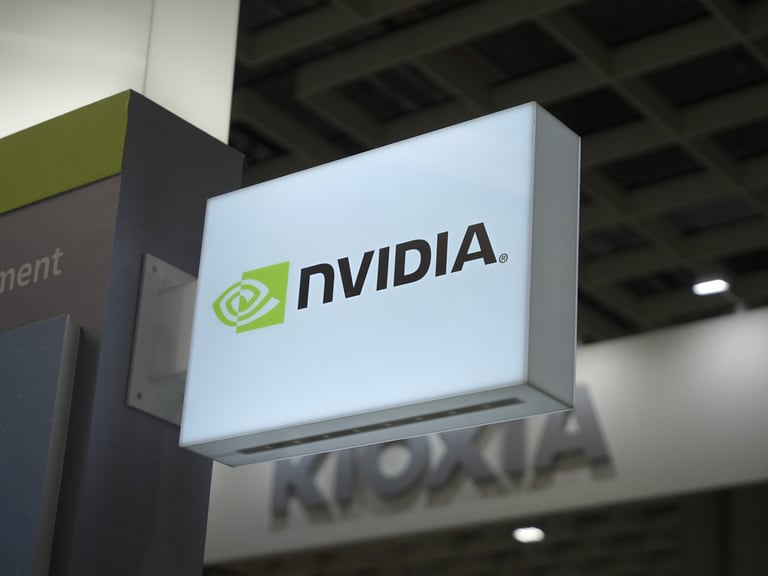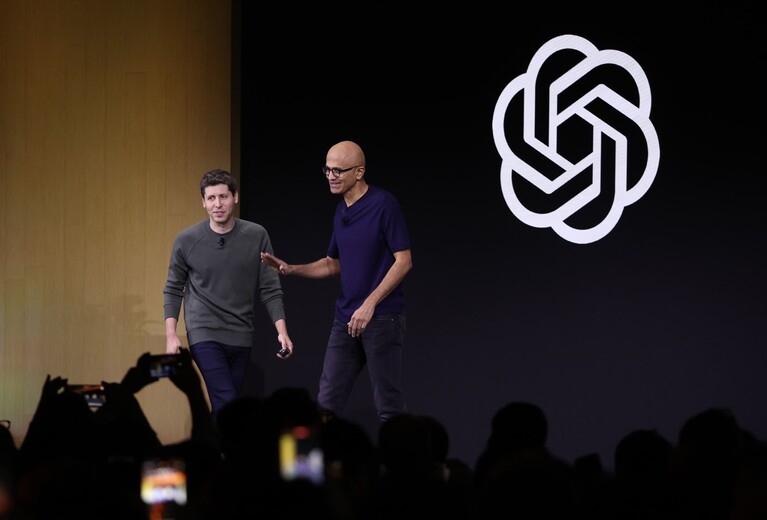It would appear that ride-sharing app Lyft has beaten its rival Uber into public ownership, now that it has succeeded in persuading enough investors to buy into its vision when it launches its IPO later this week.
Lyft is set to list on the Nasdaq on 28 March with a valuation coming in well above $20bn, an eye wateringly high valuation if ever there was one, with 30.77m shares listed between $62-$68 a share. It seems highly probable the valuation could come in north of $70 when trading gets underway on 29 March, if early indications are in any way accurate.
A successful launch this week will also go a long way to paving the way for Uber to follow suit next month, at an even higher eye-watering valuation. Management are hoping to raise a total of around $2bn, and the shares look set for a decent lift when they open, given the book was oversubscribed within two days.
Operating in 300 cities across North America, the company also appears to be following the model used by Snap in terms of the shares it plans to issue, giving its founders much greater control than ordinary shareholders. This dual ownership share structure model appears to be becoming a popular vehicle for launching into the public domain, however it also means that ordinary shareholders have little to no say on how the company is run.
After the IPO, CEO Logan Green will have voting rights on nearly 30% of the shares in issue even though, between him and co-founder John Zimmer, they will only own up to 7% of the company. In the case of Snap and its ownership structure, this hasn’t turned out particularly well, with the shares now well below their IPO valuation.
On the numbers front, the company turned over $2.16bn in revenue last year, more than double the amount from 2017, which is encouraging in terms of expanding the business. Profits on the other hand have continued to prove elusive despite this sharp rise in users, which have risen to 18.6m in the last two to three years, as the company expands its market share.
Losses for last year came in at well over $1bn, due to a sharp rises in costs and while its rider metrics have improved in terms of how much money it makes from each trip, it will have to continue to grow exponentially to reverse the trend of overall losses. Currently the margin has risen to 26.8% from 23.1% in 2017.
The company already has a number of high-profile shareholders, with General Motors owning a 7.76% stake and Google parent Alphabet a 5.33% stake, however these shareholders got in on the ground floor. This IPO is likely to price at a much higher level, and while the shares might get a pop when the IPO initially launches, so did Snap’s shares and they are now miles below their initial IPO valuation.
There is no reason to suppose that Lyft will be any different if it can’t start turning a profit, a goal that still seems some way off, and with no voting rights on the shares being issued, shareholders will have no say in how the company is being run, which could see investors nursing heavy losses months from now if management lose the confidence of the markets.
Call me old fashioned, but I would always like companies I invest in to be profitable, and the business model for these types of companies seems rather difficult to measure. That probably won’t stop investors tripping over themselves to pile into the shares in the opening weeks.
Trade on Lyft shares from 29 March






